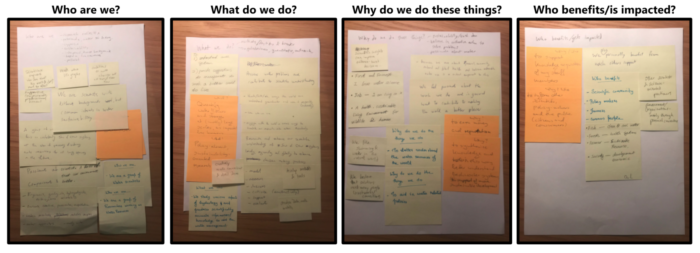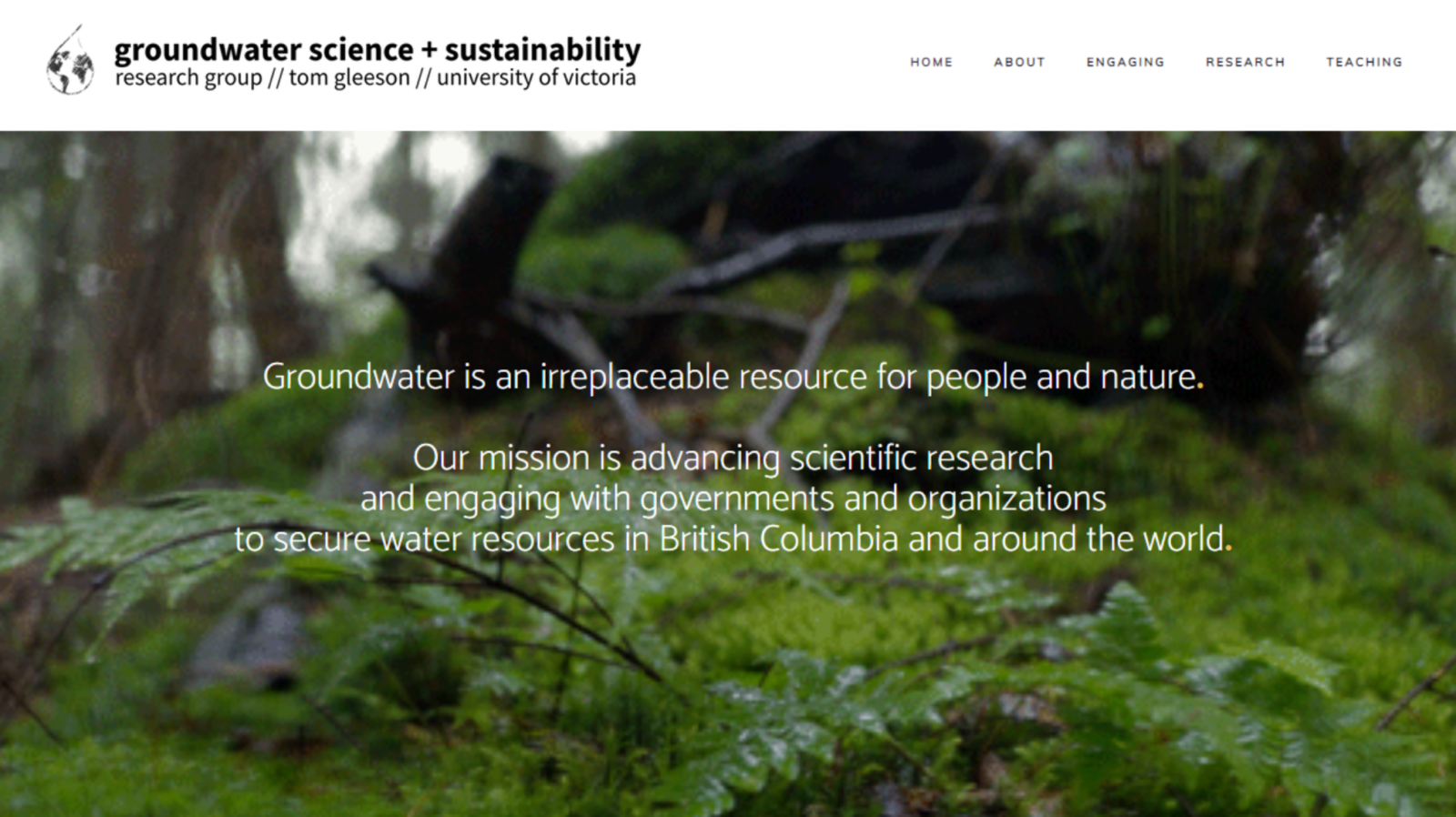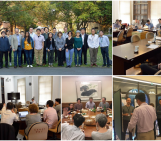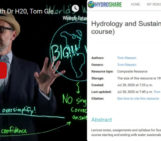
Tom Gleeson, University of Victoria with lots of input from the GSAS research collective
We’ve all done weird, new things in the pandemic. We have tried Zoom parlour games and a few of us have done the pandemic tropes of giving bread baking or even giving a new fitness regime a try.
Strangely, the very last thing that we did together in person as a research group before the first pandemic lockdown was conduct our first brainstorming session for writing a new research vision and mission statement. Even in these challenging times, we knew this was important and have episodically continued this process through Zoom and Google Docs. We are now happy with the outcome, check it out here and with a bit more detail on our Mission webpage.
We found the process to be insightful, generative, both individually and collectively affirming, and thus overall very useful. We thought we’d share our process to encourage others to reflect and look forward through the pandemic fog with more clarity by working collectively on a research vision statement.
So what is a research vision statement? We personally like Jessica Hellmann’s excellent description: a mission statement is really just a way to clearly define who we are, what we do, and why we do the sorts of things that we do. We embarked on the process inspired by Earth Leadership Program blog posts by Chris Buddle and John Sabo.
Our first step was to brainstorm in person with a whole bunch of sticky notes arranged with the headings:
- Who are we?
- What do we do?
- Why do we do it? and
- Who do we do it for?
It was great to see the consistency in responses to these questions from various people in the group and a visitor (Petra Döll). Although we did this in person with real paper stickies lots of online tools like Google Jamboard can work too.
Next, we iterated, refined, and cut ruthlessly. We had a few 1-2 hour long Zoom conversations where we worked collectively and individually on individual sentences, sketched images, and debated many questions, words, and meanings. For me, there were brilliant moments of insight mixed with the frustration of iteration as we would circle back to similar words or debate semantics.
Eventually, we felt confident enough to seek feedback both internally and externally. I reached out to colleagues in academia and industry, family members, and university communication people for suggestions and feedback. In each case, I described what to focus on in their comments and reviews. Family members commented on the clarity of our plain language, colleagues in academia and industry suggested how to make words more consistent with reality, and communications people tightened our language.
One very useful review tool were these questions which we modified slightly from Foresight after Foundry Spatial shared these from the Foresight Launch Program:
- Do you find this purpose personally inspiring?
- Can you envision this purpose being as valid 100 years from now as it is today?
- Does the purpose help you think expansively about the long-term possibilities and range of activities the organization can consider over the next 100 years, beyond current research and impact?
- Does this purpose help you to decide what activities to not pursue, to eliminate from consideration?
- Is this purpose authentic – something true to what the organization is all about – not merely words on paper that “sound nice”?
- Would this purpose be greeted with enthusiasm rather than cynicism by a broad base of people in the organization?
- When telling your children and/or other loved ones what you do for a living, would you feel proud in describing your work in terms of this purpose?
All in all, these iterations, modifications and discussions likely took ~20-30 hours over a 6-8 month period. This feels like time very well spent individually and collectively, especially during this pandemic as we all continue to seek solidarity and community through these challenging times. We plan to return to this blueprint once per year to evaluate if we are still working and living by our mission.

Screenshot from our updated group website, displaying our new mission statement front and center.




